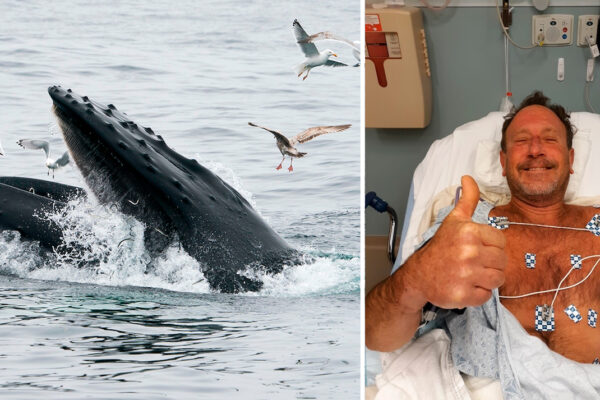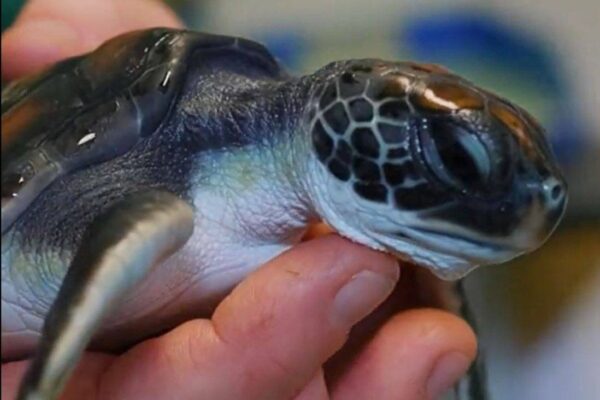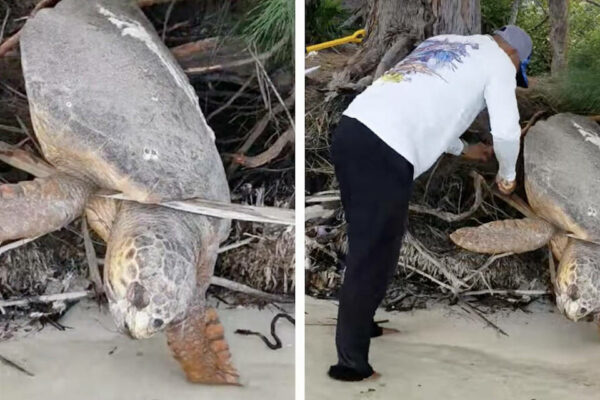Countless Shipwrecks Lost at Sea Creating Seafloor Habitats, Blooming With Micro Life
A new study discovered 19th-century wooden shipwrecks to be flourishing habitats for deep-sea microbiomes
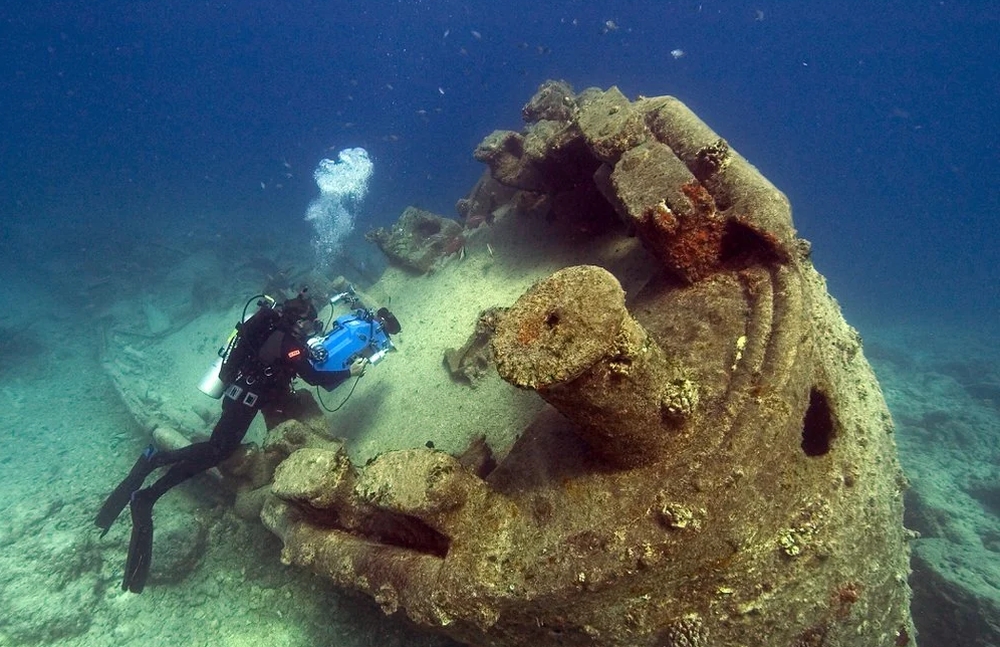
Image: NOAA
Things that we lose to the sea tides are rarely good for the waters and the aquatic animals. Much of ocean waste contains plastic waste, chemical discharge from industries, textile waste, oil spills, shipwrecks, and so on. Until now, all of these things were considered toxic for the oceans; except a study has discovered 19th-century wooden shipwrecks as thriving microbiome habitats in the deep seas.
There are estimated to be about three million shipwrecks lying on the global seafloor, many of them made of wood. These submerged ships are proving to be a vibrant breeding ground for oceanic microbes.
Published in Frontiers in Marine Science, the study says that these human-made structures are impacting deep-sea life in a way that hasn’t been appreciated before. They have become a haven for the microbes that are positioned at the bottom of the marine food chain.
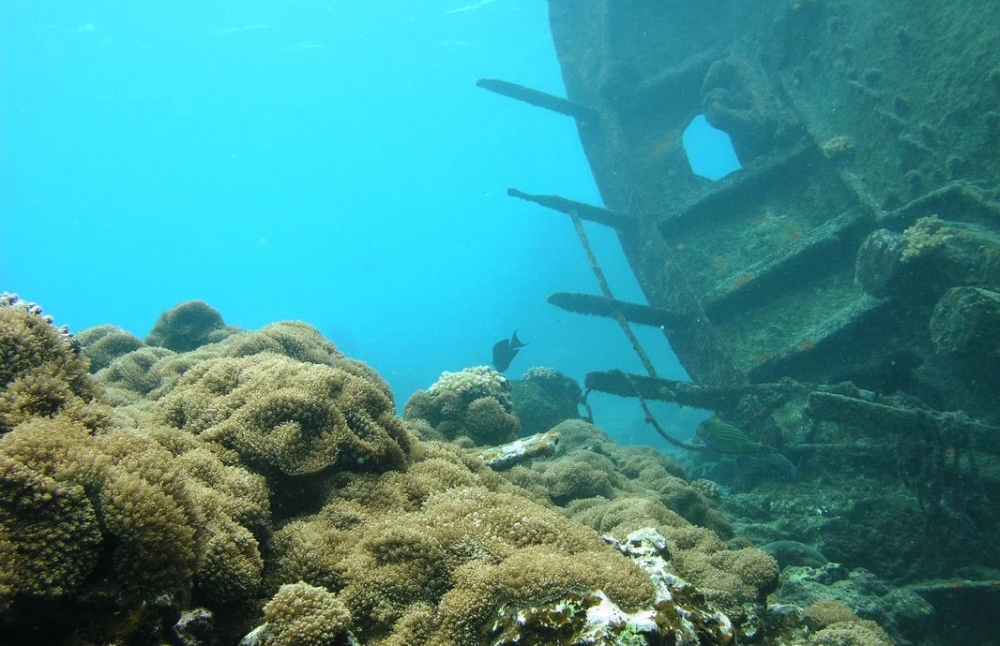
Image: US Geological Survey
According to molecular microbial ecologist Leila Hamdan from the University of Southern Mississippi;
Microbial communities are important to be aware of and understand because they provide early and clear evidence of how human activities change life in the ocean… These biofilms are ultimately what enable hard habitats to transform into islands of biodiversity.
Hamdan and her team chose two 19th-century wreckage sites in the Gulf of Mexico for this study. They planted pine and oak blocks around the ruins of ancient ships, from right next to the shipwrecks to up to over 600 feet away, which they left there for four months.
When recovered after four months, the team measured the wooden blocks for bacteria, archaea, and fungi. It was found that microbial diversity differed depending on the distance from the wreck sites, topping around 410 feet away. The type of wood also has determining impact, with oak being more favorable to microbial biodiversity than pinewood.
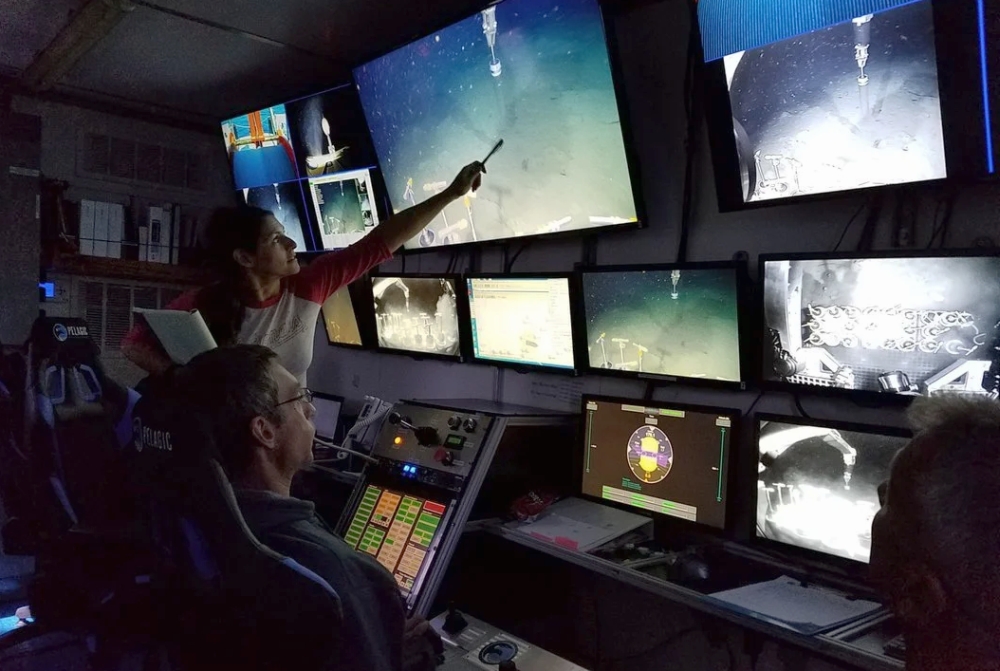
Image: Leila Hamdan/University of Southern Mississippi
Hamdan further added;
While we are aware human impacts on the seabed are increasing through the multiple economic uses, scientific discovery is not keeping pace with how this shapes the biology and chemistry of natural undersea landscapes. We hope this work will begin a dialogue that leads to research on how built habitats are already changing the deep sea.
While the influence of trees that have fallen into rivers and the oceans were known, this study distinctly recognizes the effect of shipwrecks lost at the seas on microbial life underwater. Overall, the presence of these ruins enhanced microbial growth in the surrounding water, which altered the composition and dispersal patterns of the biofilms holding microbes.
However, there is much to be learned about the impact of shipwrecks and other human-made objects sunk in the seas. The shipwrecks that have become thriving microbiome habitats are merely the first step into understanding the broader effect of these ruins on marine life.
Via: Science Alert
